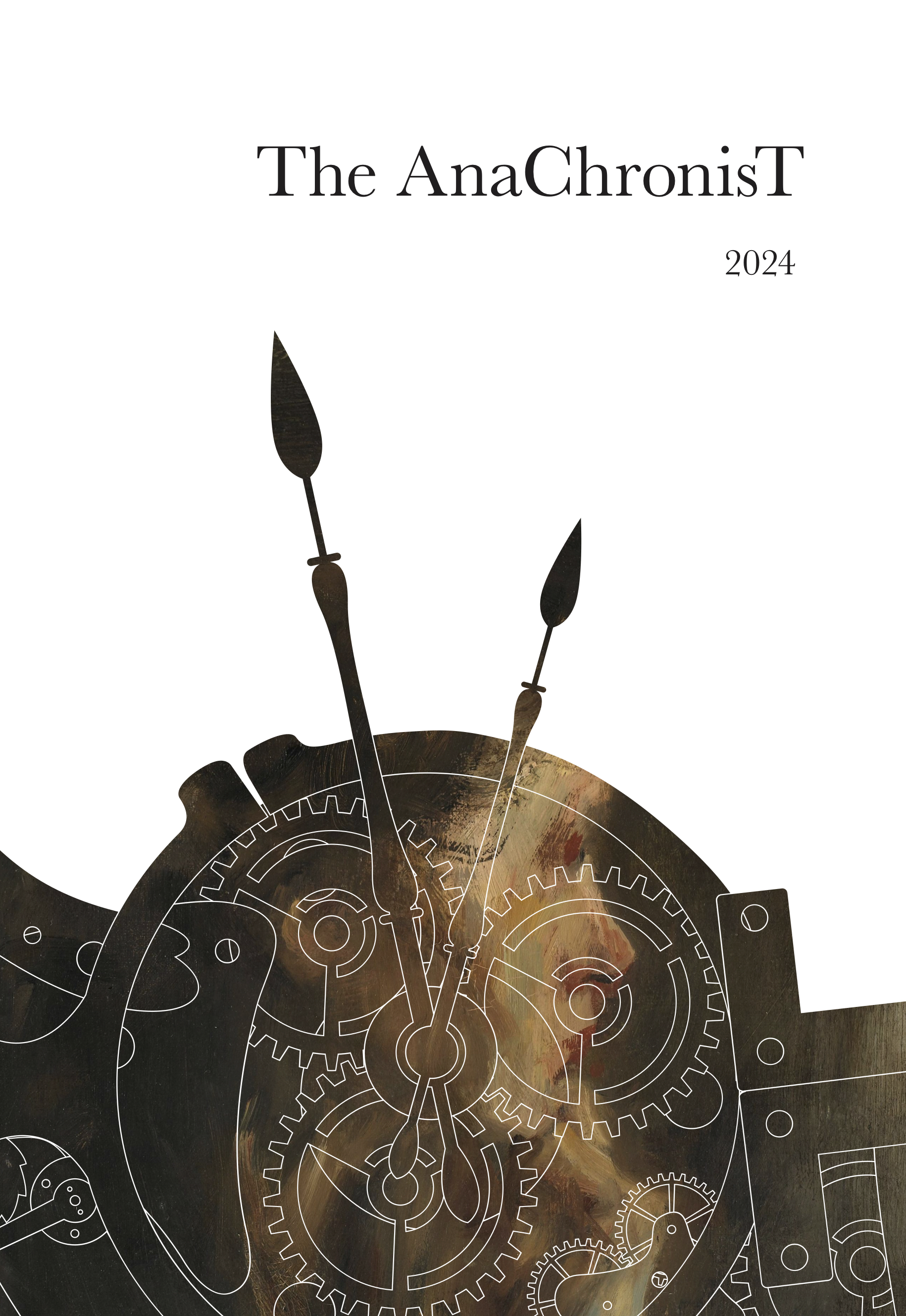Bagatelling Stories in Ali Smith’s Autumn
DOI:
https://doi.org/10.53720/UJZU6697Abstract
Ali Smith’s Autumn, often called the first ever (post-)Brexit novel, portrays the dystopian reality of the modern UK, overwhelmed by the plurality of narrative voice and the manipulative mass culture of lies. As a way of resistance, Ali Smith restores faith in the capability of storytelling as an art form to connect, communicate and enable change. Stories in Autumn become the manifestations of (creative) life force and display an ability to act as self-sufficient agents. Storytelling as an art form appears as a foundation for sustaining life in narratives and people alike as well as a way of connecting people. Interacting with stories is portrayed as an exercise in interpretation, a process of making sense of how and why things happen in the world, a skill essential in (post-)Brexit UK. In the novel, the stories are compared to a home, a safe space for those who were cast out by the discourses of Brexit nationalism and serve as a form of constructive dialogue between past and present generations.

